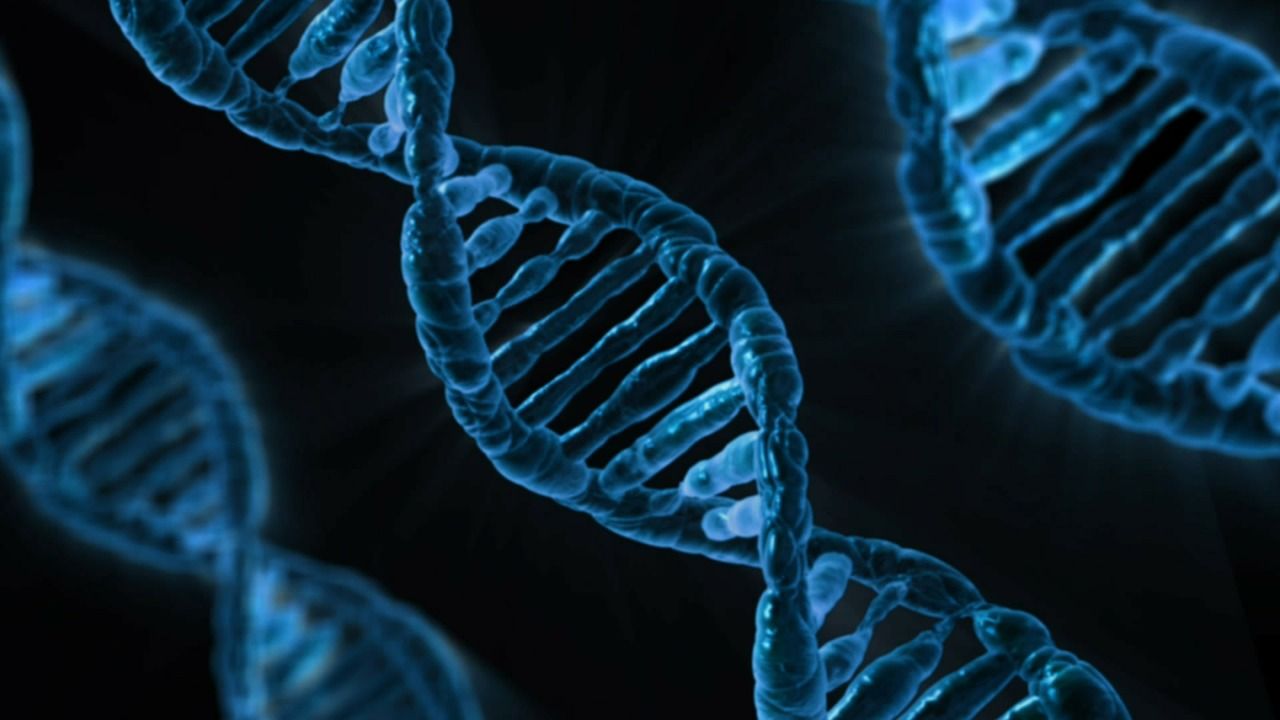Science & Technology, UK (Commonwealth Union) – Scientists have formed the 1st ever map revealing each neuron and the way they are wired together in the brain of the fruit fly larva.
Scientists have indicated that this significant leap forward will ultimately aid the gaining knowledge on the basic principles of signaling via the brain at the neural level moving towards behavior and learning.
The map containing 3016 neurons making up the larva’s brain and the elaborate circuitry of neural pathways within referred to as the ‘connectome’ which was the largest finished brain connectome to be defined according to researchers.
The connectome is a relatively new concept in neuroscience, and it has emerged as a result of advances in imaging techniques that allow scientists to visualize the brain’s structure and activity in unprecedented detail.
Professor Marta Zlatic and Professor Albert Cardona of the Medical Research Council (MRC) Laboratory of Molecular Biology and the University of Cambridge and colleagues from both the UK and USA led the way to this innovative study. The findings were published in ‘Science’ this month.
An organism’s nervous system is a complex network of specialized cells, tissues, and organs that work together to coordinate the organism’s responses to internal and external stimuli. The nervous system enables an organism to sense and respond to changes in its environment, communicate with other individuals, and carry out complex behaviors such as learning, memory, and decision-making.
The nervous system also includes a wide range of specialized cells and structures that work together to enable its functions. These include neurons, which transmit electrical signals between different parts of the nervous system; glial cells, which provide support and protection for the neurons; and synapses, which are specialized junctions between neurons that enable them to communicate with each other.
Professor Zlatic says “The way the brain circuit is structured influences the computations the brain can do. But, up until this point, we’ve not seen the structure of any brain except of the roundworm C. elegans, the tadpole of a low chordate, and the larva of a marine annelid, all of which have several hundred neurons. This means neuroscience has been mostly operating without circuit maps.”
“Without knowing the structure of a brain, we’re guessing on the way computations are implemented. But now, we can start gaining a mechanistic understanding of how the brain works.”
Zlatic further indicated that the present technology is not sufficiently advanced to conduct mapping of the connectome for higher animals like large mammals.
She explained that present technology is not sufficiently advanced to map the connectome for higher animals like bigger mammals. But she indicated that all brains are similar, having networks of neurons linked together. She further added that all brains of all species must conduct several complex behaviors, where they are all required to process sensory details, learn, chose actions, navigate their atmosphere, select food, among others.
Zlatic also indicated that in the same genes are preserved in the animal kingdom, she thinks that the circuit motifs that carry out these fundamental behaviors will be conserved as well.
Gaining a clear picture of the fruit fly larva connectome, Zlatic, Cardona and colleagues had scanned 1000s of slices of the larva brain with the application of a high-resolution electron microscope. Reconstructions of the obtained images was conducted into a map of the fly brain and detailing the links between neurons. The mapping the 3016 neurons was not, they further mapped 548,000 synapses which was quite significant for the researchers.
They also produced computational tools to note possible pathways of information flow and various types of circuit motifs in the brain of the insect. They further discovered that certain structural features are just like state-of-the-art deep learning architecture.











